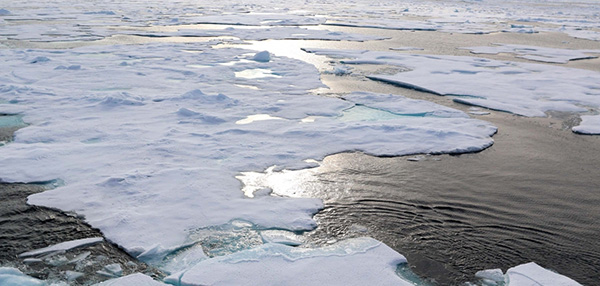After reports that June 2019 was the warmest June on record, July 2019 followed with the dubious distinction that it was the warmest month since atmospheric temperature record-keeping began in 1880, according to the U.S. National Oceanic and Atmospheric Administration (NOAA). Previously, July 2016 was Earth’s hottest month on record. And nine of the 10 hottest Julys have occurred since 2005, according to NOAA. See also: Air temperature; Weather observations

Based on data from weather stations, ship reports, and instrumented buoys, the global average temperature in July 2019 was 0.95°C (1.71°F) above the twentieth-century average of 15.8°C (60.4°F), according to NOAA. In addition, NOAA satellite data showed that both Arctic and Antarctic sea-ice coverage set record lows that month. Some July 2019 hot (above average) spots worldwide included Greenland, Antarctica, the United States, Eastern Canada, Iran, the Central Asian Republics, Siberia, Africa, and Australia, according to climate date provider Copernicus Climate Change Service. However, a few regions, such as Midwestern Canada and parts of Asia, experienced below-average temperatures. See also: Africa; Antarctic Ocean; Arctic Ocean; Asia; Australia; Climatology; Global climate change; Greenland; Instrumented buoys; North America; Remote sensing; Sea ice





